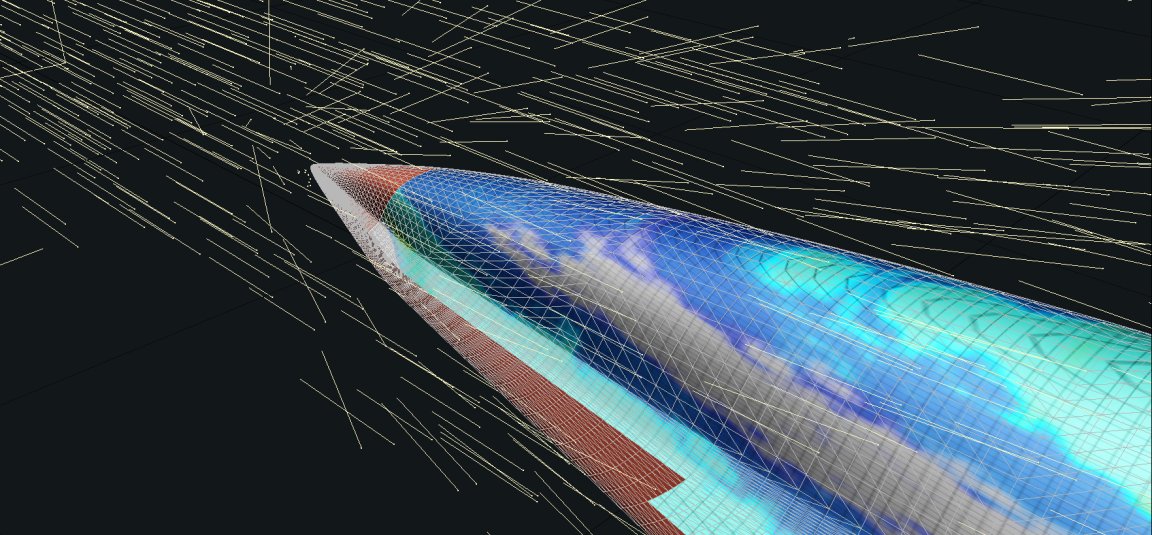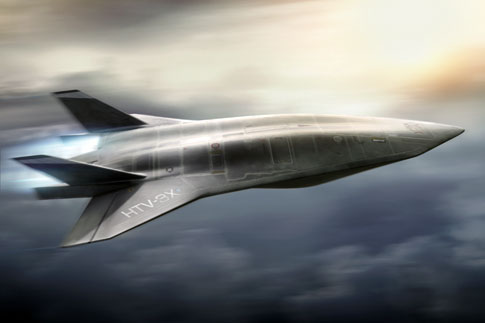
Around the World in 4 Hours
Partnering with the Department of Defense, the U.S. Air Force is planning to build an airplane that travels at five times the speed of sound (about 3800 miles per hour), or Mach 5, going from New York to Los Angeles in just 30 minutes. The design will be based off of the X-51 Waverider engine, tested back in 2013 and reaching speeds of Mach 5.1 before crashing into the ocean. Although many aerospace engineers have considered durable, hypersonic speeds to be impossible ever since the 1950s, the Air Force is confident that they can produce such a plane by 2023.

How to Fly at Mach 5 Without Combusting
While the aerospace engineers are using the X-51 Waverider’s structure as a framework for the new plane, there are several fundamental design flaws that need to be overcome. The X-51 used Supersonic Combustion Ramjet Engines (Scramjet) technology to achieve its speed, a method used to lighten plane weight by intaking the oxygen needed for flight from the atmosphere rather than carrying it on board. However, the X-51 functioned by having a bomber carry the plane into the air before taking off, which is impractical for an actual plane. “X-51 was really a proof of concept test,” says Air Force chief scientist Mica Endsley. “It showed that you could get a scramjet engine, launch it off an aircraft and it could go hypersonic.” As a proof of concept, the X-51 Waverider excelled, but as a practical engine, the plane ran out of fuel in 4 minutes and plunged into the ocean below. Additionally, the material, technical, and functional challenges of flying a plane at Mach 5 with combusting temperatures makes this design task anything but simple.

The First to Go Hypersonic
Despite the 2023 goal, with companies like Airbus, Aerion, and Lockheed Martin not planning to launch supersonic airplanes until the mid-2020s, it is not entirely feasible to produce hypersonic planes before then. Still, the U.S. is decades ahead of China and Russia, who are also developing hypersonic aircraft. “Hypersonic is intriguing but the technological breakthroughs needed are enormous. I don’t think you’ll see much progress with the Chinese and Russians. If it happens, it will happen in the US,” says Richard Aboulafia, analyst at aerospace and defense industry advisory firm Teal Group.
The project is still unnamed, but is speculated to be used for carrying urgent equipment over large distances in short amounts of time. However, don’t get too excited about using it to fly around the world; the report rules out any hope of consumer traveling due to the literally breakneck acceleration of the plane.
Sources: BGR, Geek, International Business Times
Image Credit: Space.com, Wired